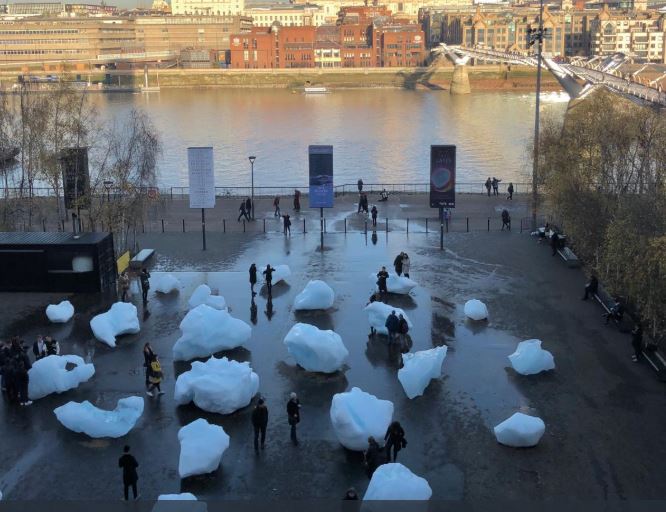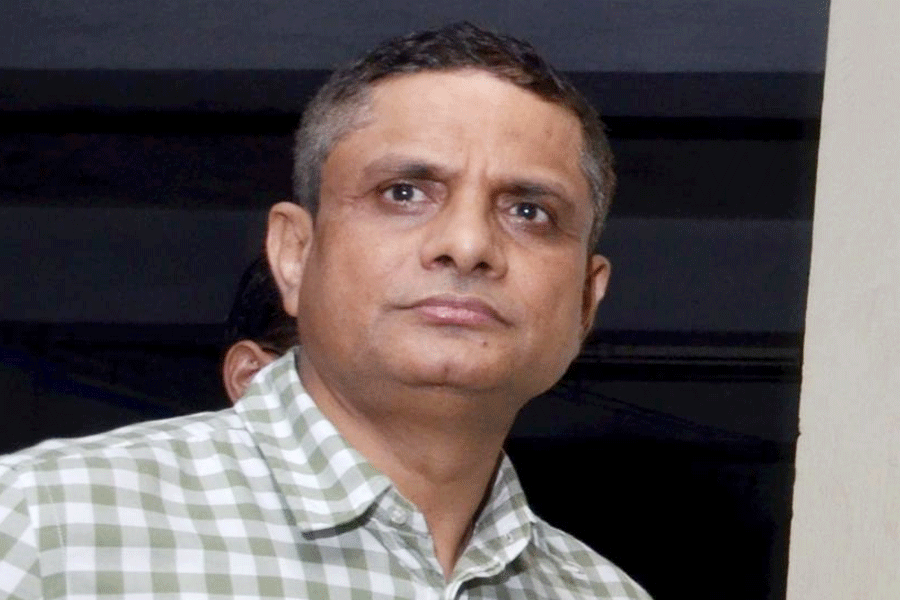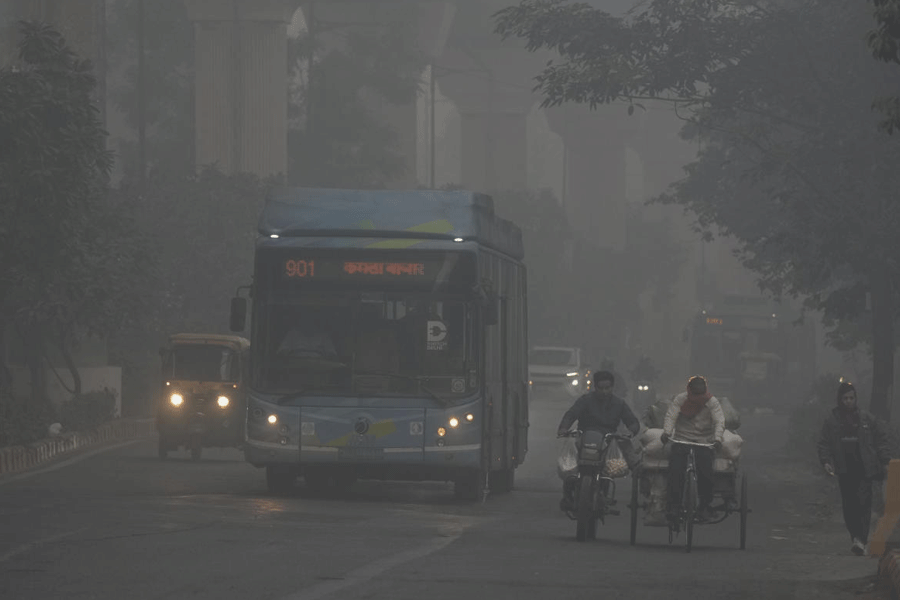Sir — An artist recently installed around 24 iceberg pieces from the Greenland ice sheet in front of the Tate Modern. Meant to raise awareness about climate change, his work is timely and garnered widespread attention. But in spite of its positive message, the lifting of the icebergs from an already warming ocean and their transportation left a carbon footprint, as the artist himself acknowledged. Calculating its impact on the environment, however, must include the effect the installation has on the public. If it encourages even one person to reduce his carbon footprint, it is a considerable long-term gain.
Nandita Roychowdhury,
Calcutta
Questionable move
Sir — One must agree with the editorial, 'New syllabus' (Dec 13), that sectarianism, abetted by the Bharatiya Janata Party government through its various prohibitory measures with regard to cow slaughter and the sale and consumption of beef, is affecting all spheres of life in India. This was recently evident when a question paper in a university examination asked whether or not a Muslim man would be committing a crime in killing a cow in front of four Hindu men. Although the question was later withdrawn, the incident reveals how deep communalism has seeped into contemporary society. But this is hardly surprising, given that creating divides along religious lines has been the BJP's foremost agenda ever since it came into power at the Centre.
The explanation for introducing such a question — that it was meant to test how law students would deal with such a tricky situation — is a pathetic attempt to camouflage the malicious design of spreading hate. This excuse shows that there is no dearth of cunning among right-wing supporters, more so when it comes to taking advantage of the naivete of ordinary citizens.
The notion of secularism is enshrined in our Constitution. Promoting sectarianism is detrimental to the idea of a united India that the government claims to promote. Given the recent setback it suffered in the assembly elections of a number of states, it is high time the BJP understood that attempts to incite hatred against minority communities will not go down well with the people.
P. B. Saha,
Calcutta
Sir — This is not the first time that the politics of hate has tried to invade the academic space in India. Last year, a textbook for school children was found to promote sexist assumptions about the ideal body type for women. The education ministry must ensure that it does not pander to partisan propaganda, especially in education. Such toxic ideas corrupt young, impressionable minds. This will adversely affect the progress of humanity itself in the long run unless it is checked in time.
Pramit Deb,
Calcutta
Sir — The citizens of India are inherently secular. They wish to bring about progress and development in society. It is with this promise of development that right-wing parties like the BJP came to power. Later on they used their position to fulfil their actual agenda. They are now inculcating sectarian ideas even through educational institutions.
But Indians, by and large, have never accepted sectarianism, which the BJP is trying to push as the 'new normal'. Just as they had voted for the party when it had promised progress, they voted it out in the recent polls in the Hindi heartland when the BJP failed to deliver on its promises. The BJP must now ponder whether it wants to protect the inclusive fabric of the nation or be discarded by the people for its duplicity.
Md. Aslam Parvez,
Calcutta
Ominous silence
Sir — The former governor of the Reserve Bank of India, Urjit Patel, stated in his resignation letter that he stepped down from his position because of personal reasons. But the chain of events that followed is interesting. In the letter, Patel expressed gratitude towards his colleagues in the RBI, but avoided any reference to the Union government or the finance ministry. The prime minister, Narendra Modi, and the finance minister, Arun Jaitley, thanked Patel for his service and swiftly recruited Shaktikanta Das in his place.
Patel's resignation, right before the December 14 board meeting, has dealt a serious blow to the government's credibility. It indicates that economic mismanagement lies at the root of the RBI's differences with the Centre. Earlier, disputes were resolved in a spirit of compromise, with each side respecting the other's position.
The deputy governor of the RBI, Viral Acharya, has already warned that the country's economy might suffer if the independence of the RBI is interfered with. As such, any sensible person will expect the government to communicate with Patel and ponder the implications of his resignation.
Bidyut Kumar Chatterjee,
Faridabad










